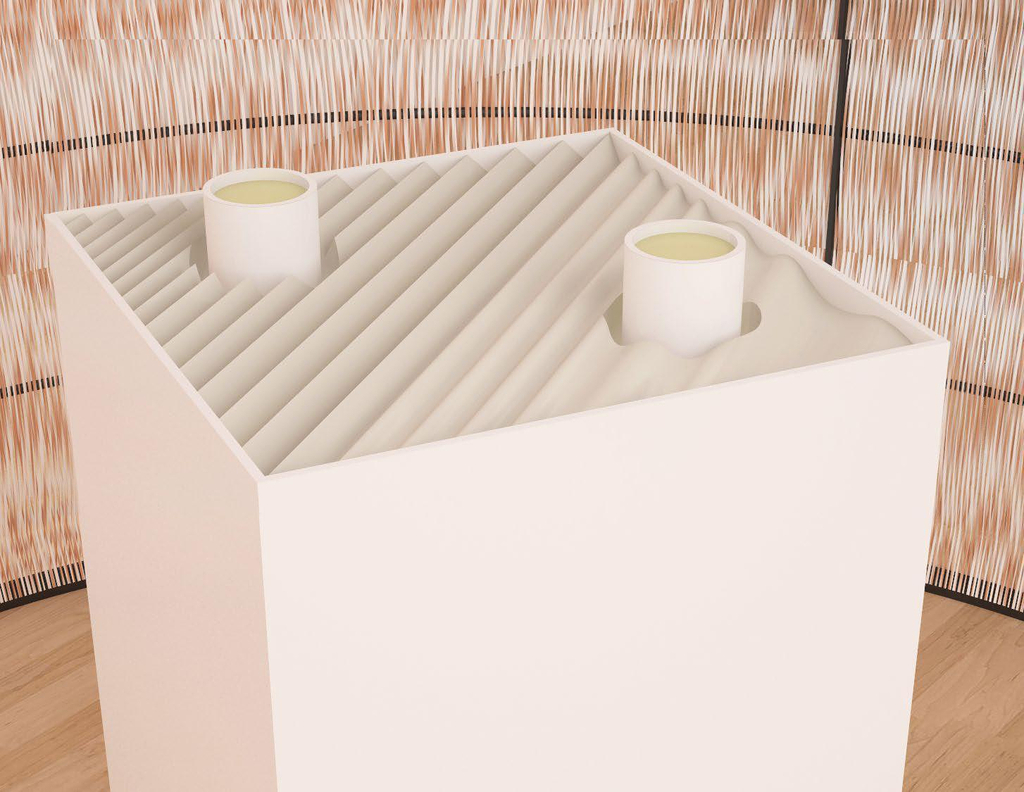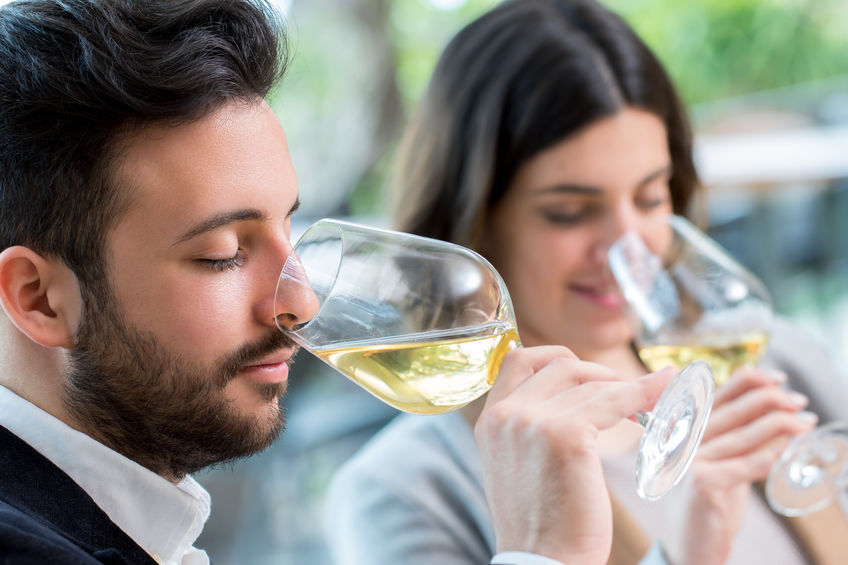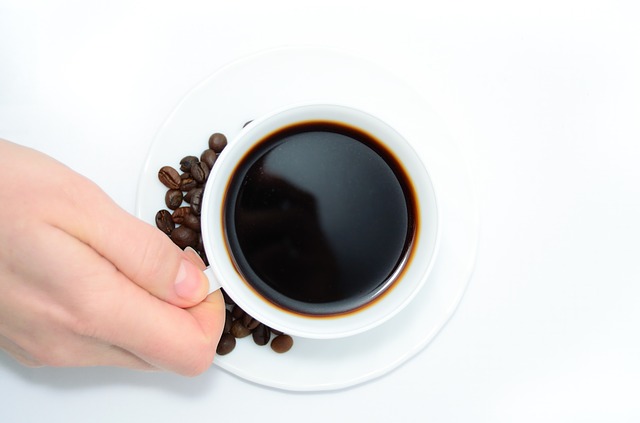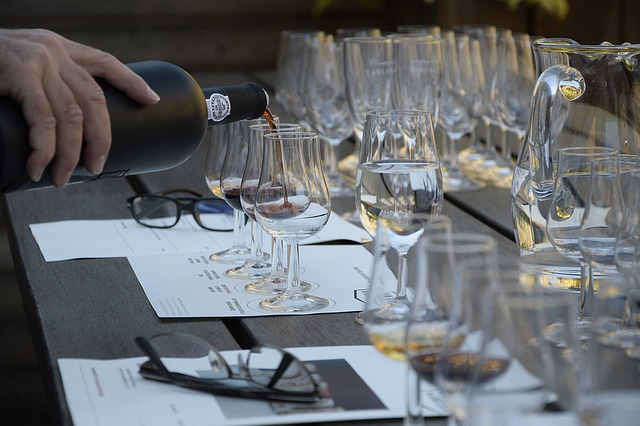Why an efficient palate cleanser is must-have in your wine tasting kit
Choosing an inefficient palate cleanser can ruin your wine tasting experience. As you know, the secret of a successful wine tasting resides in both the setup and the execution. I have met too many tasters ignoring this critical component of the process, but so proud of claiming they went through dozen of wines in a few hours.
But how good can your evaluations be after tasting 3 or 4 wines, without properly rinsing your mouth?


What is a palate cleanser?
Wikipedia defines it as such: “A palate cleanser is a neutral-flavored food or drink that removes food residue from the tongue, allowing one to assess a new flavor more accurately. In cultures where diversity of flavors in dishes is customary, the palate cleanser is considered an essential companion to main dishes.
Think about yogurt served with spicy Indian food.
I would add that a good palate cleanser should be not only efficient but also easy to prepare and to handle by the wine tasters.
Why you should rinse your palate with the right palate cleanser?
When tasting several sips of wine, you may sense its tastes, mouthfeel, or aromas lingering in your mouth for some time. Without rinsing your mouth correctly, these sensations can mask or alter the perceptions of the following wine.
- For instance, if the first wine is astringent, you may also associate this description to the second wine because of the lingering astringency and not because the second wine is astringent.
- Another example: if the first wine is quite intense in red fruits and caramel/vanilla aromas, these lingering and intense sensations may mask the floral and citrusy aromas of the second wine.
The function of a palate cleanser is to reset your senses to the baseline, refresh them, so that you can pursue your wine tasting session without bias.
What are the palate cleansers I like to use?
There is no consensus among the wine professionals on the best palate cleanser. We all indeed have our favorites.
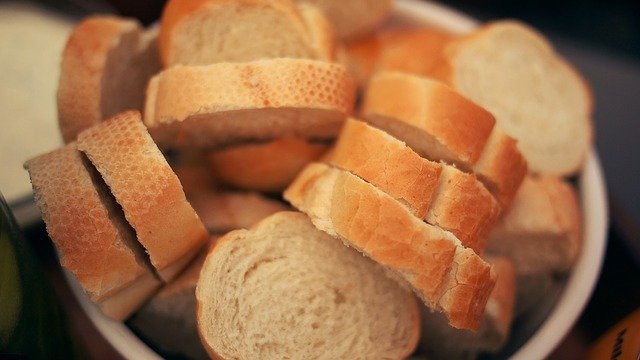
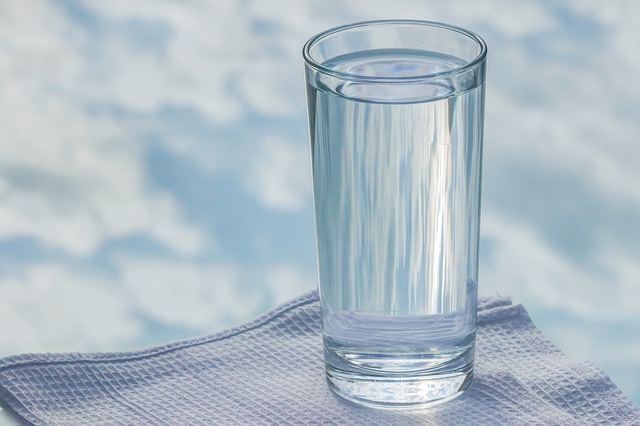
Bread and water:
I found eating bread crumbs (the white part, not the crust of baguette or multigrain bread) and rinsing the mouth with neutral water (mineral water, e.g. Evian, or filtered and rebalanced in minerals, e.g. Dasani) the best palate-cleansing regimen. The bread absorbs the saliva containing the wine residues, and the water helps to rinse out.
Note: Rinsing your mouth with water is different than sipping water. You clean your mouth by moving the water in all parts and corners of your mouth like you would after brushing your teeth.
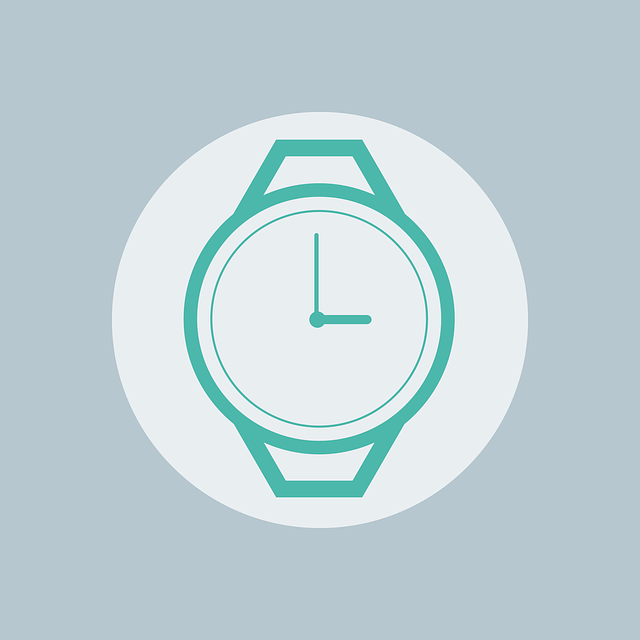
Time:
Waiting five minutes between samples is the best natural cleansing agent; it takes time for the saliva flow to reset after an astringent wine, and for the taste and aromatic compounds to disconnect from your sensory receptors.
I also tried carbonated water, which worked well during a wine judging event. However, bubbles can hurt more than help by creating some painful/burning sensations in the mouth. Moreover, I found carbonated water inefficient with very astringent wines.
For very astringent wines, a pectin solution works well, as does greek yogurt.
What do other scientists recommend for palate cleansers?
Talahid and collaborators published a research in 2018, showing that milk was a good palate cleanser, especially to remove astringent compounds (known as polyphenols).
They used a thorough approach to analyze the saliva composition of nine trained panelists before they tasted wine, or after tasting wine without a palate cleanser or after using one of the three palate cleansers of the study. The options were water, carbonated water, and milk.
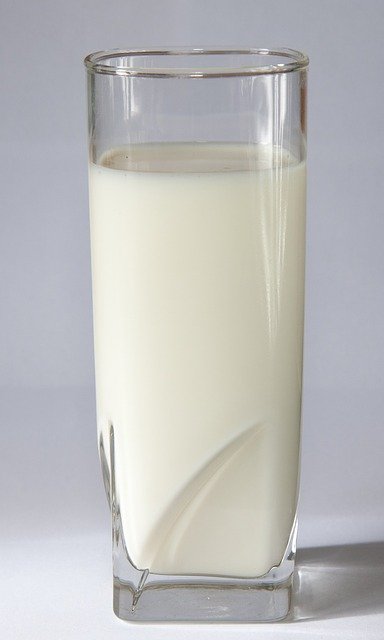
Milk was the preferred method because it removed the polyphenols residues in the saliva more efficiently compared to the other two cleansing agents.
Yoojin Seo and colleagues published a study in 2015 to test six palate cleansers on their ability to remove remaining sensory sensations after tasting different alcoholic beverages, including wine. The options were spring water (ambient temperature), warm water (about 50C), a pectin solution (0.05%(w/v solution in spring water), water crackers (unsalted), vanilla ice cream, and a cacao solution (3.0% w/v; cocoa natural unsweetened).
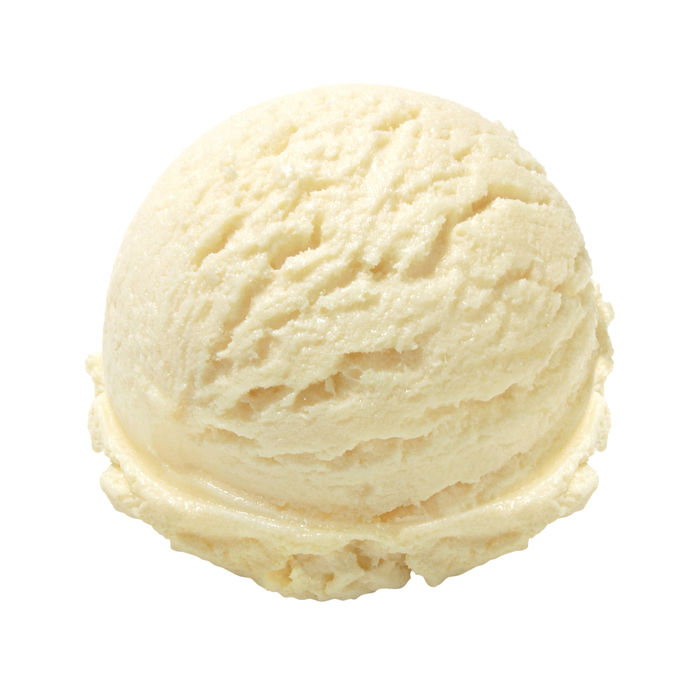
Vanilla ice-cream was found the most efficient palate cleanser, especially to remove the burning sensations of high proof beverages.

Crackers and water did an acceptable job, although less efficient for intense burning sensations. Wines can impart some burning in your mouth, but nothing compared to whiskeys.
Caution: You must rinse your mouth with neutral water if the palate cleanser leaves some residue or weak sensations in your mouth.
How to “rinse your nose?”
Believe it or not, some aromas are so intense they can saturate your olfactory sensors. Other wines may trigger some pungent sensations.

How do you “reset your nose?”
By smelling a glass of water or smell something neutral in odor, like your arm skin (since you haven’t used a fragrant lotion, right?)
Do you use other palate cleansers?
One of my colleagues mentioned using olives to remove astringency sensations in the mouth.
What about you?
Share your suggestions or questions by leaving a note here.
Scent machine: Picture taken at the Cooper Museum of Design in New York City.
References used for this article
- Wikipedia page on palate cleanser
- Yoojin Seo, Han Sub Kwak, Misook Kim, Yoonhwa Jeong and Youngseung Lee. 2015. Effectiveness of palate cleansers on various alcoholic beverages. Journal- Institute of Brewing 121(4):474-480
- Diego Taladrid, Laura Lorente, Begoña Bartolomé, M. Victoria Moreno-Arribas, and Laura Laguna. An integrative salivary approach regarding palate cleansers in wine tasting. J Texture Stud. 2019; 50:75–82.
Published December 2019
